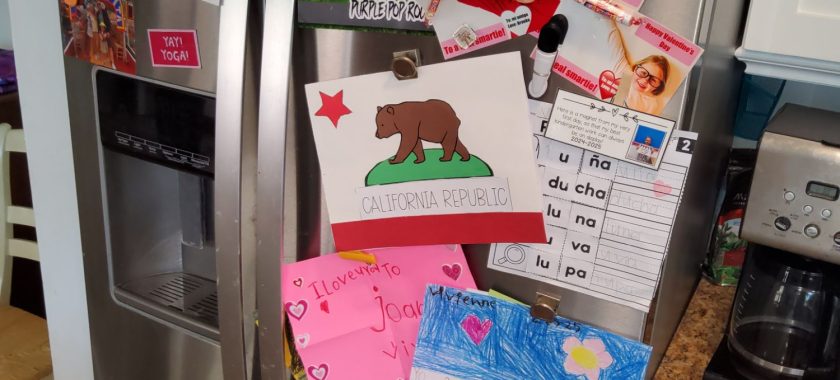A freezer is a vital part of any kitchen, preserving food for weeks or even months. But when you notice a thick layer of frost or ice building up on the walls, shelves, or freezer door, it’s not just an inconvenience—it’s a sign of a deeper issue. If left unaddressed, ice buildup can reduce efficiency, increase energy consumption, and even lead to appliance failure.
Let’s break down the causes of ice and frost in the freezer, what you can do about it, and when it’s time to call in the experts.
Why Is There Ice or Frost in the Freezer?
Frost forms when moisture-laden air enters the freezer and freezes upon contact with the cold surfaces inside. This can happen for several reasons:
- Frequent or Prolonged Door Opening
Every time the freezer door opens, warm, humid air enters. If you leave the door open for too long or open it too often, condensation builds up and quickly turns to frost. - Worn or Damaged Door Seals
The gasket (rubber seal) around the door is crucial for maintaining a tight seal. If it’s cracked, dirty, or no longer sealing properly, warm air leaks in and frost accumulates. - Overfilled Freezer
Poor airflow inside the freezer caused by overpacking can lead to uneven cooling. In areas where cold air can’t circulate, moisture can collect and freeze. - Malfunctioning Defrost System
Most modern freezers have an automatic defrost function. If it fails, ice starts to build up without any way to melt away. - Faulty Thermostat or Temperature Control
When the freezer’s internal temperature is not regulated properly, it may become too cold, causing more frequent freezing of moisture.
What Can You Do About It?
1. Defrost the Freezer
The first step to dealing with frost is to defrost. Unplug the freezer, remove all the food, and let the ice melt. Place towels to absorb the water. Avoid using sharp objects to chip away the ice, as this can damage the interior walls or refrigerant lines.
2. Check the Door Seal
Run your hand along the seal. Do you feel any cold air escaping? Try the dollar bill test: close the door on a bill—if it pulls out easily, the seal may need replacement. Clean it with warm soapy water and inspect for cracks.
3. Organize the Freezer Properly
Make sure air can circulate freely. Avoid overloading the shelves and keep the door closed as much as possible, especially during hot or humid days.
4. Adjust Temperature Settings
The ideal temperature for your freezer is around 0°F (-18°C). Setting it colder than necessary can lead to more rapid frost buildup.
5. Schedule Regular Maintenance
Preventive maintenance can catch small issues before they become expensive problems. A professional technician can inspect the defrost timer, heater, fan, and thermostat to ensure everything works properly.
When Should You Call a Professional?
If you’ve defrosted your freezer but the frost returns quickly, or if you notice your food is not staying cold enough despite proper settings, it’s time to call a technician. Common repair needs include:
- Defrost system repairs
- Thermostat replacement
- Fan or compressor issues
- Door gasket replacement
Attempting to fix complex freezer problems on your own can lead to further damage or void your appliance’s warranty. That’s why trusting a reliable appliance repair service is key.
Don’t let ice and frost reduce the performance of your freezer or risk food spoilage. If you’re dealing with constant frost, strange noises, or uneven cooling, Chula Vista Appliance Repair Company is here to help. Our skilled technicians are trained to diagnose and repair freezer problems quickly and effectively.
We work with all major brands and models, providing professional service that brings your appliance back to optimal condition. From faulty thermostats to broken seals, we’ve got it covered.
Call us today or schedule your appointment online to get fast, dependable freezer repair services in Chula Vista. Your peace of mind is just one call away!
Contact us
(619) 880-5508


